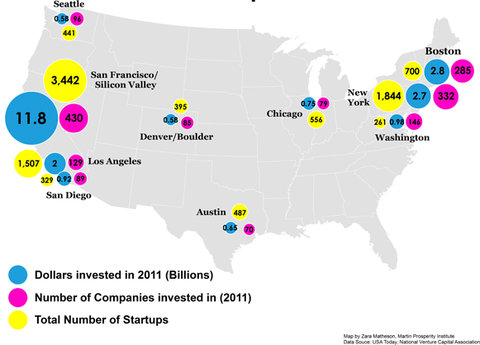If the economics profession takes on the challenge of reworking the mainstream models that famously failed to predict the crisis, it might well turn to one of the few economists who saw it coming, Wynne Godley of the Levy Economics Institute. Mr. Godley, unfortunately, died at 83 in 2010, perhaps too soon to bask in the credit many feel he deserves.
But his influence has begun to spread. Martin Wolf, the eminent columnist for The Financial Times, and Jan Hatzius, chief economist of global investment research at Goldman Sachs, borrow from his approach. Several groups of economists in North America and Europe — some supported by the Institute for New Economic Thinking established by the financier and philanthropist George Soros after the crisis — are building on his models.
In a 2011 study, Dirk J. Bezemer, of Groningen University in the Netherlands, found a dozen experts who warned publicly about a broad economic threat, explained how debt would drive it, and specified a time frame.
Most, like Nouriel Roubini of New York University, issued warnings in informal notes. But Mr. Godley “was the most scientific in the sense of having a formal model,” Dr. Bezemer said.
It was far from a first for Mr. Godley. In January 2000, the Council of Economic Advisers for President Bill Clinton hailed a still “youthful-looking and vigorous” expansion. That March, Mr. Godley and L. Randall Wray of the University of Missouri-Kansas City derided it, declaring, “Goldilocks is doomed.” Within days, the Nasdaq stock market peaked, heralding the end of the dot-com bubble.
Why does a model matter? It explicitly details an economist’s thinking, Dr. Bezemer says. Other economists can use it. They cannot so easily clone intuition.
Mr. Godley was relatively obscure in the United States. He was better known in his native Britain — The Times of London called him “the most insightful macroeconomic forecaster of his generation” — though often as a renegade.
Mainstream models assume that, as individuals maximize their self-interest, markets move the economy to equilibrium. Booms and busts come from outside forces, like erratic government spending or technological dynamism or stagnation. Banks are at best an afterthought.
The Godley models, by contrast, see banks as central, promoting growth but also posing threats. Households and firms take out loans to build homes or invest in production. But their expectations can go awry, they wind up with excessive debt, and they cut back. Markets themselves drive booms and busts.
Why did Mr. Godley, who had barely any formal economics training, insist on developing a model to inform his judgment? His extraordinary efforts to overcome a troubled childhood may be part of the explanation. Tiago Mata of Cambridge University called his life “a search for his true voice” in the face of “nagging fear that he might disappoint [his] responsibilities.”
Mr. Godley once described his early years as shackled by an “artificial self” that kept him from recognizing his own spontaneous reactions to people and events. His parents separated bitterly. His mother was often away on artistic adventures, and when at home, she spent long hours coddling what she called “my pain” in bed.
Raised by nannies and “a fierce maiden aunt who shook me violently when I cried,” Mr. Godley was sent at age 7 to a prep school he called a “chamber of horrors.”




